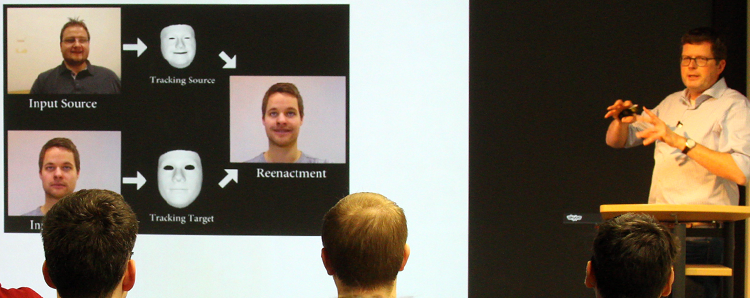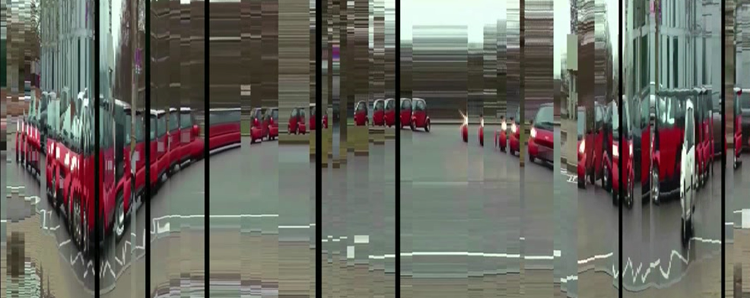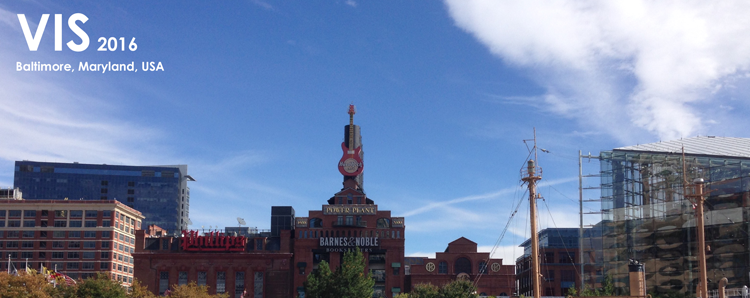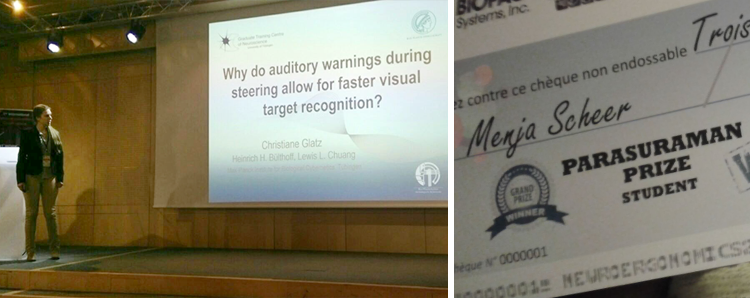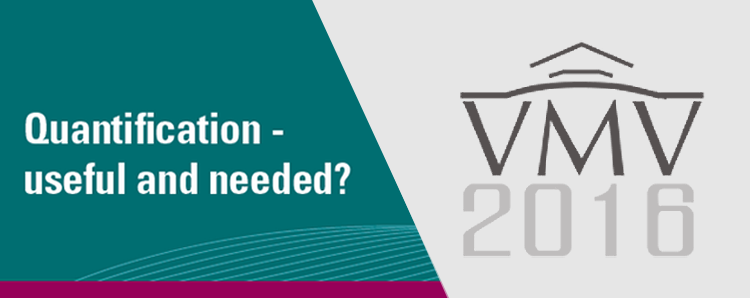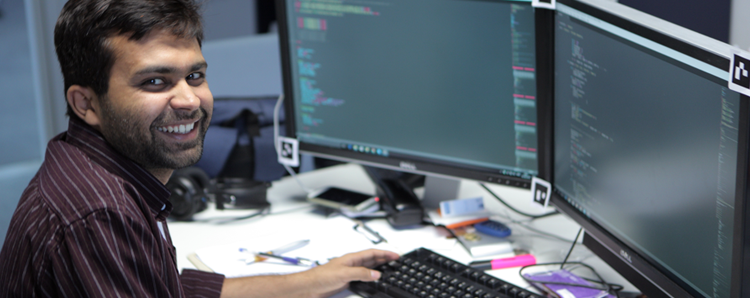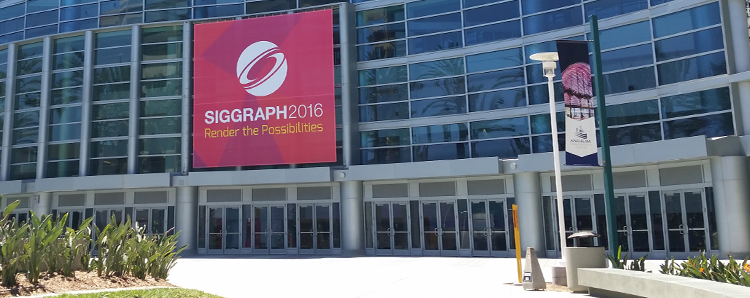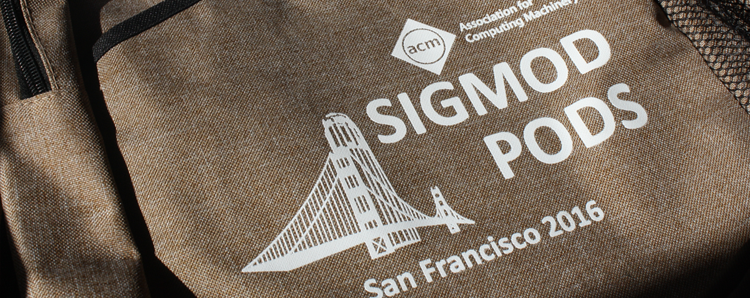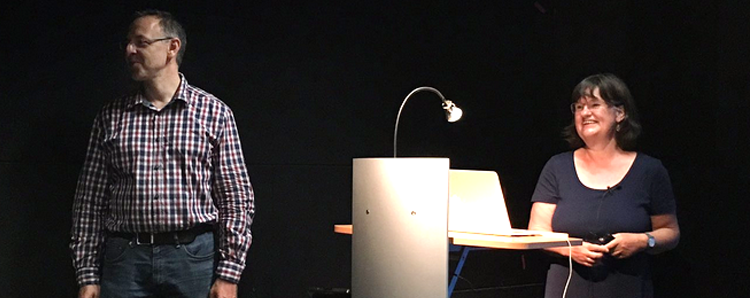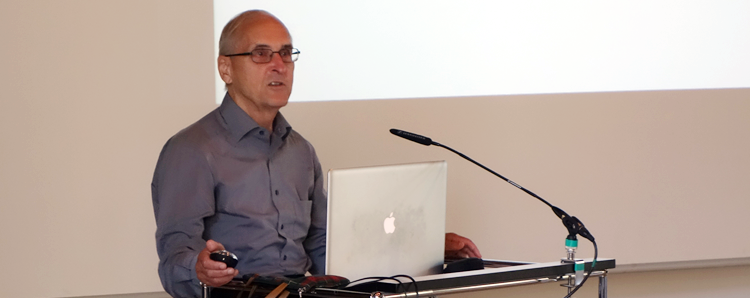Last month there was a very impressive talk by Marc Stamminger, Professor for Computer Graphics at the University of Erlangen-Nürnberg, during the Lecture Series “Visual Computing” at the Universities of Konstanz and Stuttgart. Title of this presentation was “Is it real? Capturing and Modifying Reality”.
Capturing and Modifying Reality
